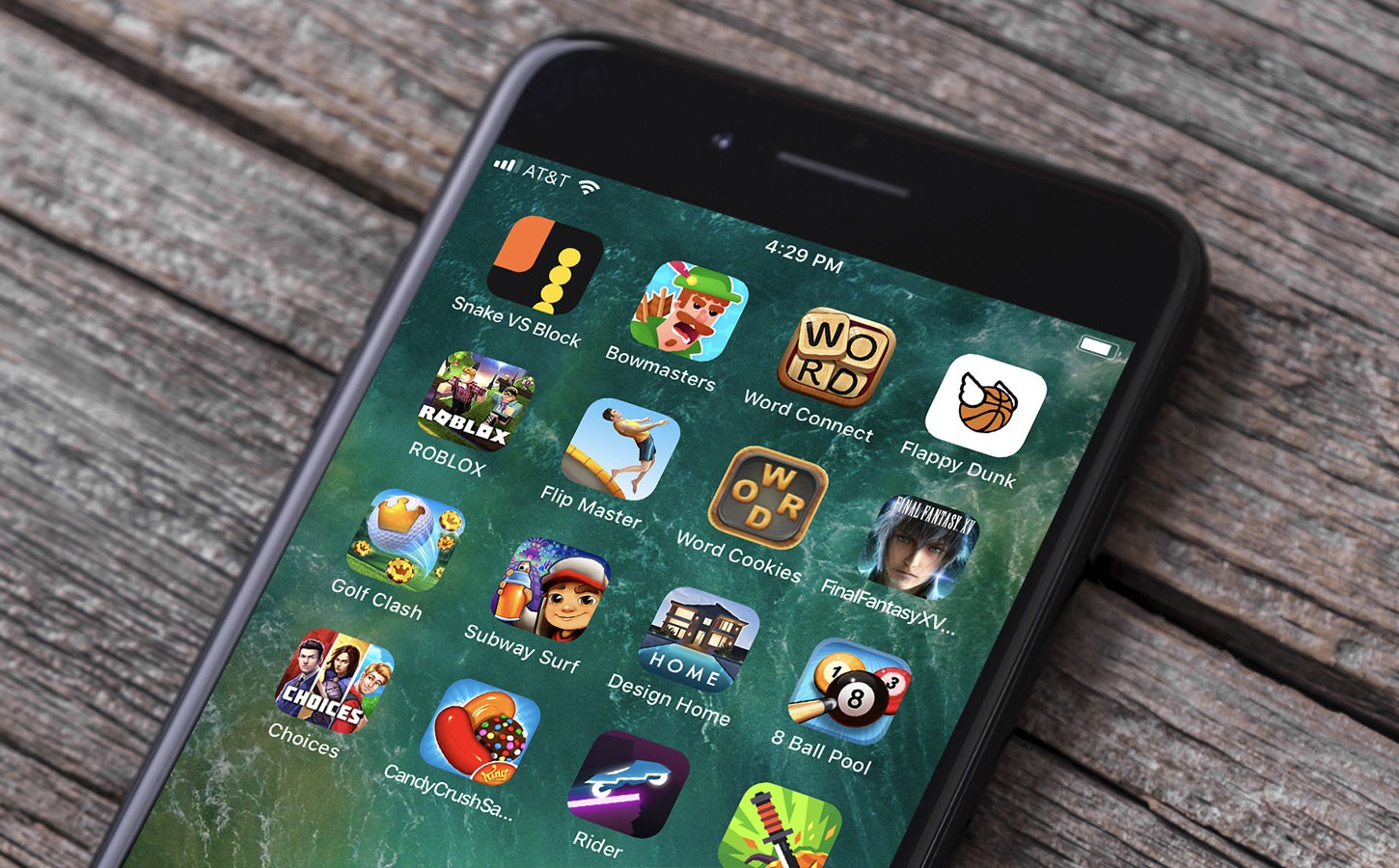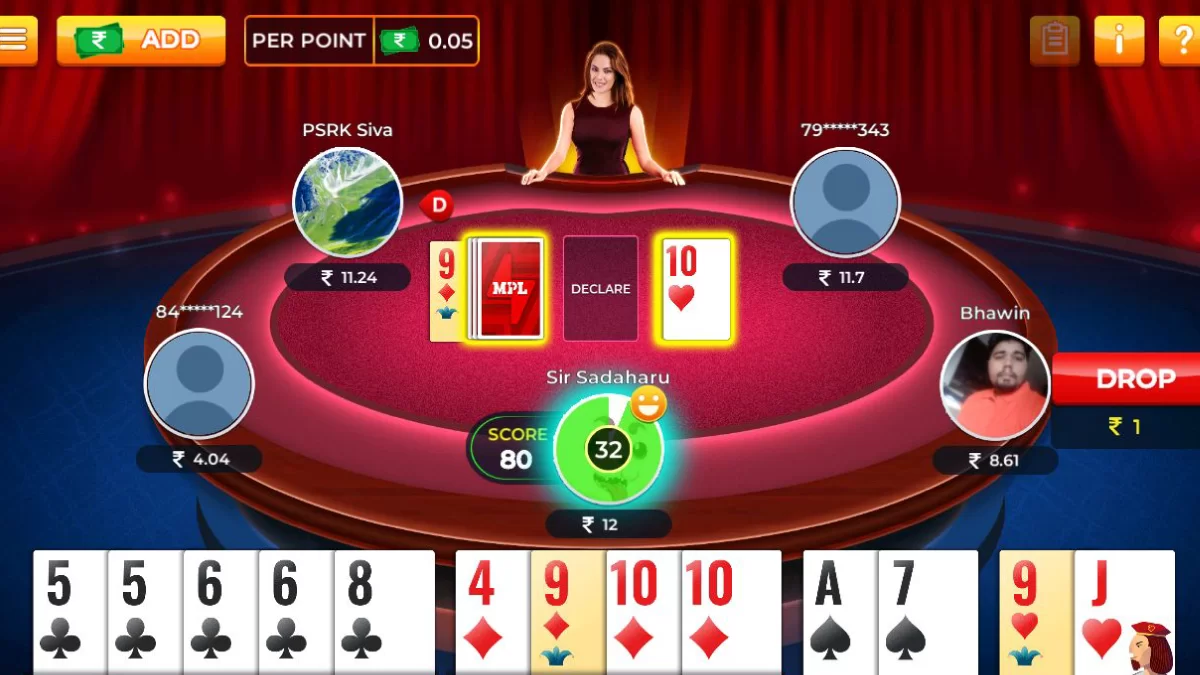Also Read: Joker in Cards: The History, Role, and Tips to Use Joker in Card Games
Historical Origins and Evolution of Face Cards
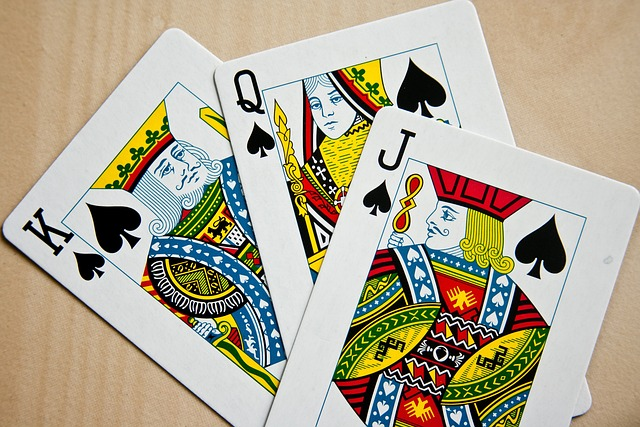
Before getting to the answer for how many face cards are in a deck, let’s take a brief look at their history. The history, culture, and art of face cards transcend beyond playing cards.
Traveling through time to understand these great personalities and their intriguing metamorphosis into face cards is necessary to appreciate them. The development of playing cards is a mystery with different regional patterns.
The dominant view is that playing cards originated in ancient China during the Tang Dynasty (618-907 AD). Only traditional packs resembled dominoes and were used for many games and major international diversions.
China brought playing cards to India and Persia. Ganjifa cards, the Indian version, have ornate artwork and circular suits. European decks later adopted Persian suit systems, including cups, swords, money, and polo sticks.
How many face cards are in a deck of 52 cards?
Standard playing card decks have 52 cards. The fundamental question is: how many face cards are hidden in a deck of 52 cards? There are a total of twelve face cards in a deck of 52 cards. The face cards are King, Quen, and Jack face cards.
The standard deck of 52 cards has four face cards of each suit in a typical deck, making twelve. Four queens, four kings, four jacks. Every category has one face card for each suit: hearts, diamonds, clubs, and spades. Each suit contains ten numeral cards, from two to ten.
The math is simple: four Kings, four Queens, and four Jacks equals 12 face cards in a deck.
Kings, Queens, and Jacks
The three face card categories are Kings, Queens, and Jacks, each with four representations. Standard decks feature four kings, four queens, and four jacks.
The Suits
Each category has one face card for a regular deck’s four suits. The four suits are hearts, diamonds, clubs, and spades: one king, queen, and jack for each suit.
Now, let’s break it down a bit further:
- Kings: Four kings—one per suit. Kings of hearts, diamonds, clubs, and spades. Each king is designed differently, with regal dress and poses.
- Queens: Like kings, there are four queens, one per suit. The queens of hearts, diamonds, clubs, and spades. They also have unique traits and symbolism.
- Jacks: Each suit has a jack: hearts, diamonds, clubs, and spades. Jacks, representing warriors and commoners, wear simpler clothes than monarchs and queens.
The Symbolism and Significance of Face Cards
To completely comprehend a deck of 52 cards, you must realize they’re more than cosmetic drawings of playing cards. They are symbolic and influenced by history and culture.
Know More about Card Symbol Names and Suits Symbolism
Kings: The Rulers of the Deck
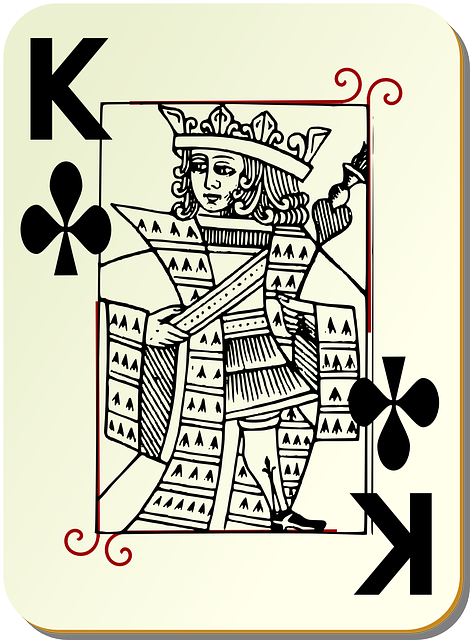
Kings are often depicted as bearded and stern figures, each with a unique pose and attire. The king of hearts, for instance, is sometimes called the “suicide king” because it looks like, with his sword, he is stabbing himself. Such trivialities might appear just that, but little did people know they are essential.
- Hearts: The king of hearts was associated with Charlemagne, the legendary Holy Roman Emperor. It was believed that the sword through his head represented the tribulation and conflicts one faced during his reign.
- Diamonds: Actually, the king of diamonds is believed to depict Julius Caesar, with the sword being related to his mighty military power and brutal reign.
- Clubs: Mostly considered as Alexander the Great, the king of clubs emphasizes his high level of war mastery.
- Spades: The king of spades can often be associated with King David from the bible, as the sword represents the weapon he used to slay Goliath.
Queens: The Matriarchs of the Deck
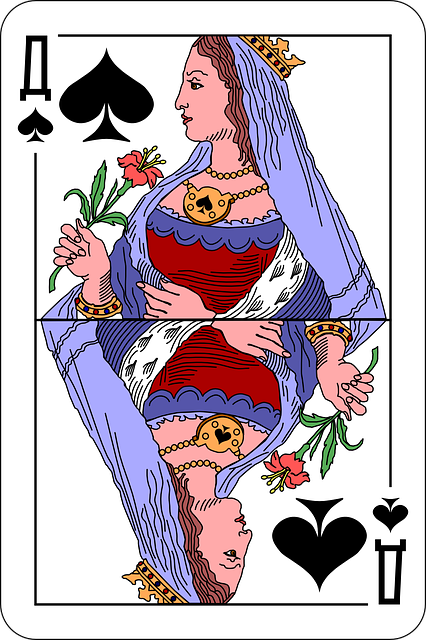
Queens in cards, like kings, have their special meanings. They’re usually seen as solid and fancy, with symbols similar to the kings.
- Hearts: People say the queen of hearts stands for a Bible character, Judith. Her sword symbolizes how she bravely saved her people by cutting off Holofernes’ head.
- Diamonds: Some people think the queen of diamonds stands for Rachel. She’s a very important figure in the Bible.
- Clubs: The queen of clubs is often tied to a Greek myth figure, Argine. She had a significant impact on her people.
- Spades: Lastly, the queen of spades is seen as Athena. She’s the Greek goddess known for her wisdom and being good at war.
Jacks: The Loyal Subjects of the Deck

Jacks, called “knaves” or “knaves” in previous decks, represent the commoner or soldier. They are the lowest-ranking face cards yet have unique traits.
- Hearts: The jack of hearts usually shows an axe being held behind the head. This depicts Roland’s madness, a character from French books.
- Diamonds: The jack of diamonds is often linked with Hector, a Trojan War hero.
- Clubs: The jack of clubs is tied to Ogier the Dane, a famed knight in French and Danish tales.
- Spades: The jack of spades often relates to Ogier the Dane, a biblical figure known for his bravery and strength.
Also Read: 5 Challenging Online Card Games for Real Money
Transformation Over Time
Cards, as they made their way through Europe, morphed along with the changing world. They became a means for art and stories.
How Kings Changed: The initial European card kings didn’t always match real people or folklore. They often symbolized things like wisdom, bravery, and might. Later, these kings became tied to real rulers and famed figures in both French and English societies.
The Meaning Behind Queens: Queens started symbolizing various qualities and good traits. The heart’s queen, for instance, was usually connected with love and kindness. The queen of diamonds usually stood for riches and good fortune.
Jacks, Knaves, and Knaves: The knaves (jacks) often depicted ordinary people, laborers, or soldiers. Their significance in the deck was, and still is, to represent the common folk.
The probability of getting a face card in a deck of 52 cards
In a regular deck of 52 cards, there are 12 of these face cards. Wondering what is the probability of getting one? That will be the comparison of how many face cards there are to the total number of cards.
So here’s the breakdown: 12 face cards exist in the deck. Which means there are 12 “favorable outcomes.” As for possible outcomes?
Well, there is a deck of 52 cards in total. To find the probability of drawing a face card, here’s what you will do:
- (face card)=1252=313P(face card)=5212=133
This means there is a 3 out of 13 chance of getting a face card when drawing a card from a deck. This can also be expressed as a percentage by multiplying the fraction by 100:
- (face card)=313×100%=23.08%P(face card)=133×100%=23.08%
This means there is a 23.08% chance of getting a face card when drawing a card from a deck.
The Significance of a Standard Deck of 52 Cards
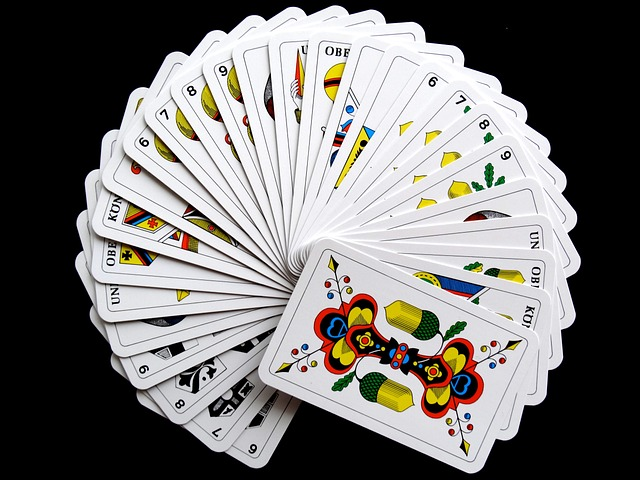
Face cards are the court cards in a deck of playing cards that carry a picture of a person. They can be king, queen, or one jack and are also known as court cards or royalty cards.
Face cards, in most games, are of particular significance concerning value and abilities.
1. Poker
In the game of Poker, the Kings, Queens, and Jacks are commonly known as “court cards” or Broadway cards and usually take kings in their respective four suits. Court cards must prefer value unfold when combined with an Ace, making an excellent starting hand. Yet court cards can also be risky, for the high-ranking court cards or Aces can highly overrule them.
30 Best Poker Apps to Play Real Money Poker Games in India
2. Blackjack
In blackjack, all the face cards net to a value of ten points apiece, disregarding their suit. This is highly favorable in helping one accumulate 21 points since they are worth quite a good number of points when accumulated or maintaining only a single hit shy of attaining 21.
The face cards also help in the case of doubling down, splitting pairs, or taking insurance bets.
3. Rummy
In the rummy card game, the face cards are valued at ten counts each, and they help form settings along with other cards. A set is a combination of three cards or four cards of a similar type but not the rank irrelevant, and a run is a sequence of only three cards of the same suit.
Face cards can be combined with other cards or number cards to form sets and runs.
Best Rummy Apps for Real Money in 2023
Frequently Asked Questions
1) How many Face cards are in a deck of 52 cards?
There are 12 face cards in a standard deck of 52 playing cards. These face cards include 4 Kings, 4 Queens, and 4 Jacks. Therefore, each deck will have a King of Spades, a King of Hearts, a King of Diamonds, a King of Clubs, a Queen of Spades, a Queen of Hearts, a Queen of Diamonds, a Queen of Clubs, Jack of Spades, a Jack of Hearts, a Jack of Diamonds, and a Jack of Clubs.
2) Are face cards always present in every deck of playing cards?
Yes, face cards are a standard feature in most decks of playing cards worldwide.
3) Can face cards be used as a wild card or joker in some games?
Some card games may assign special functions to face cards, but they are not typically considered wild cards.
4) What are the values of kings, queens, and jacks in most card games?
In many card games, kings and queens are often valued at 10 points, while the value of jacks may vary depending on the game’s rules.
5) How many red-face cards are in a deck of 52 cards?
In a 52-card deck, there are 26 red cards. Therefore, there are 3 red-face cards from the Hearts suit and 3 red-face cards from the Diamonds suit.
Conclusion
Finally, our investigation of face cards in a conventional deck of playing cards revealed history, culture, and strategic value. These famous images go beyond adornment, with 12 face cards representing kings, queens, and jacks. They are deeply anchored in history, myths, and virtues, expressing human storytelling. In different card games, these face cards have different values and purposes depending on the rules and goals.




